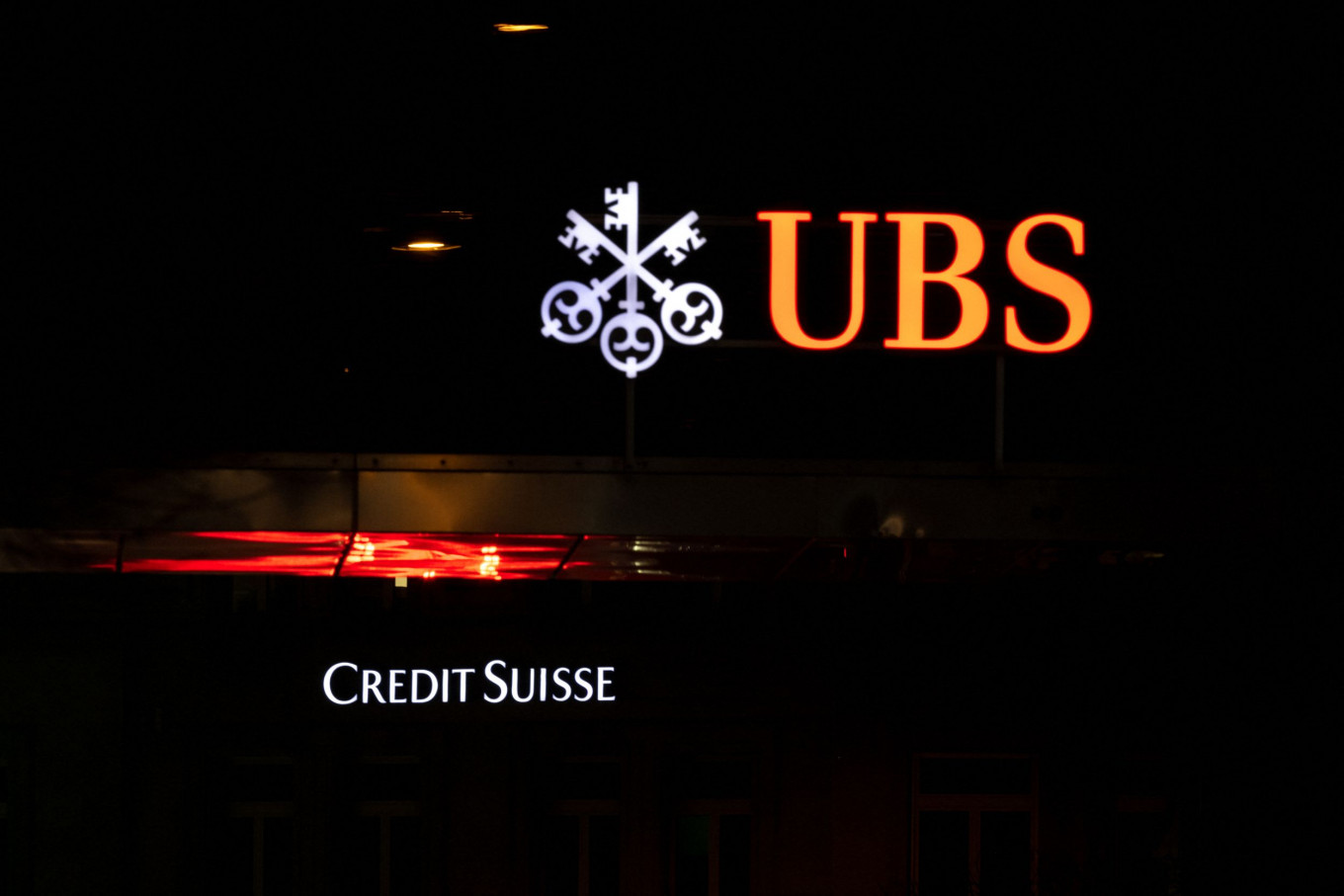Troubled banks in US and Europe: How worried should we be?
Change Size
 The logo of Credit Suisse bank is seen behind a logo of UBS in Zurich on March 18, 2023. Switzerland's largest bank, UBS, is in talks to buy all or part of Credit Suisse, according to a report by the Financial Times. (AFP/Fabrice Coffrini)
The logo of Credit Suisse bank is seen behind a logo of UBS in Zurich on March 18, 2023. Switzerland's largest bank, UBS, is in talks to buy all or part of Credit Suisse, according to a report by the Financial Times. (AFP/Fabrice Coffrini)
I
n the past few weeks, we have been bombarded with the news of banks in crisis in the United States and Europe. The steep rise in interest rates has started to affect several US banks’ performances.
The US Federal Reserve has already raised interest rates by 475 basis points in the course of 11 months, this has eventually had consequences for the economy. Start-ups and digital businesses are among the sectors that have been heavily impacted, causing trouble in banks with high exposure to this sector.
Several banks in the US with high exposure to start-ups, have experienced liquidity problems due to declining deposits as many start-ups withdrew funds. One particular bank, Silicon Valley Bank (SVB) was forced to sell off assets at steep losses, which triggered a rating downgrade from Moody’s. Markets reacted in panic, which eventually resulted in a bank run.
The US authorities moved fast and took over SVB and two other banks with similar problems. Yet, within a week, the panic had spread to the global financial system. Global stock markets tanked, especially bank shares. The spillover impact was immediately seen in European banks. Banks with poor performances became the target of panic selling.
Credit Suisse, which was still struggling to overcome problems in its investment division, faced a steep decline in its stock price and was eventually taken over by UBS in a deal engineered by regulators.
The situation raised concern as to whether it will mimic the 2008 crisis. However, there are several important differences between the two events.
The global financial crisis (GFC) in 2008 was primarily a bad debt problem, starting with a housing bubble burst in the US, with banks and financial institutions holding high-risk assets such as subprime loans and mortgage-backed securities.


















